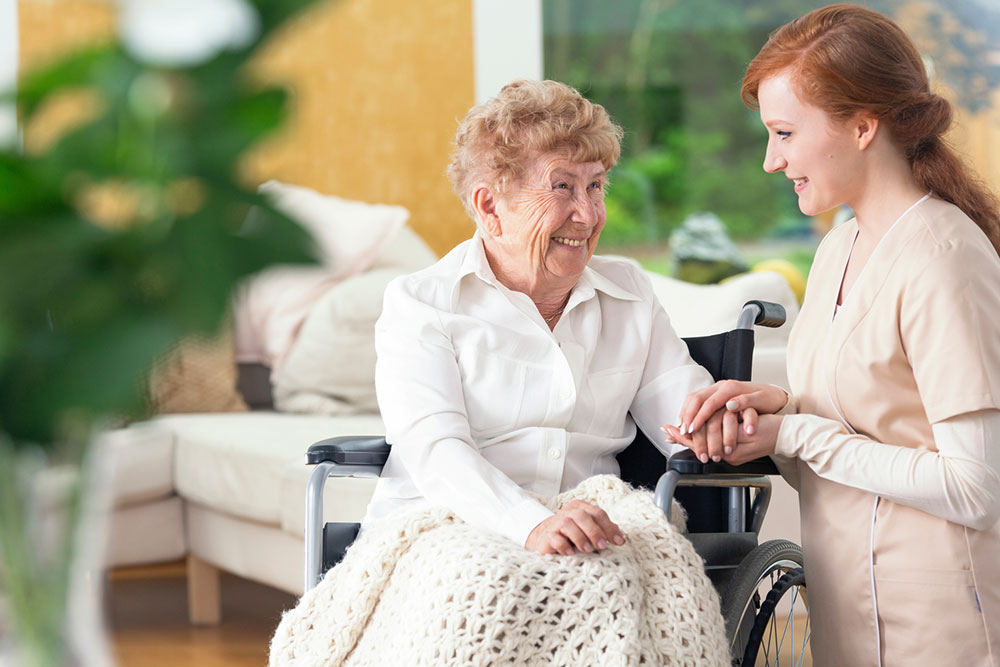10 types of common disabilities
A disability is a condition of the mind or body, making it challenging for an individual to do certain activities and interact with the world. The top disabilities encompass a broad spectrum of conditions, each with unique characteristics and challenges. Through awareness, education, and efforts to create inclusive environments, society can pave the way for individuals with disabilities to thrive and contribute to various facets of life. The article discusses different types of disabilities: 1. Mobility impairment or issues Some people face challenges with moving around due to conditions like paralysis or limb loss. They use tools such as wheelchairs, crutches, or scooters to move about independently. 2. Visual disabilities Some have difficulty seeing–this might mean partial sight loss or complete blindness. Those with visual disabilities navigate their surroundings with the help of guide dogs, canes, and devices like screen readers to access information. 3. Hearing challenges Hearing loss, whether partial or complete, can impact communication. Tools such as hearing aids, cochlear implants, and sign language are essential for those with hearing impairment to communicate effectively. 4. Cognitive disabilities Conditions like dyslexia, ADHD, and intellectual disabilities impact learning and memory. Personalized learning strategies, assistive technologies, and supportive environments play crucial roles in the success and well-being of individuals with cognitive disabilities.
Read More 









